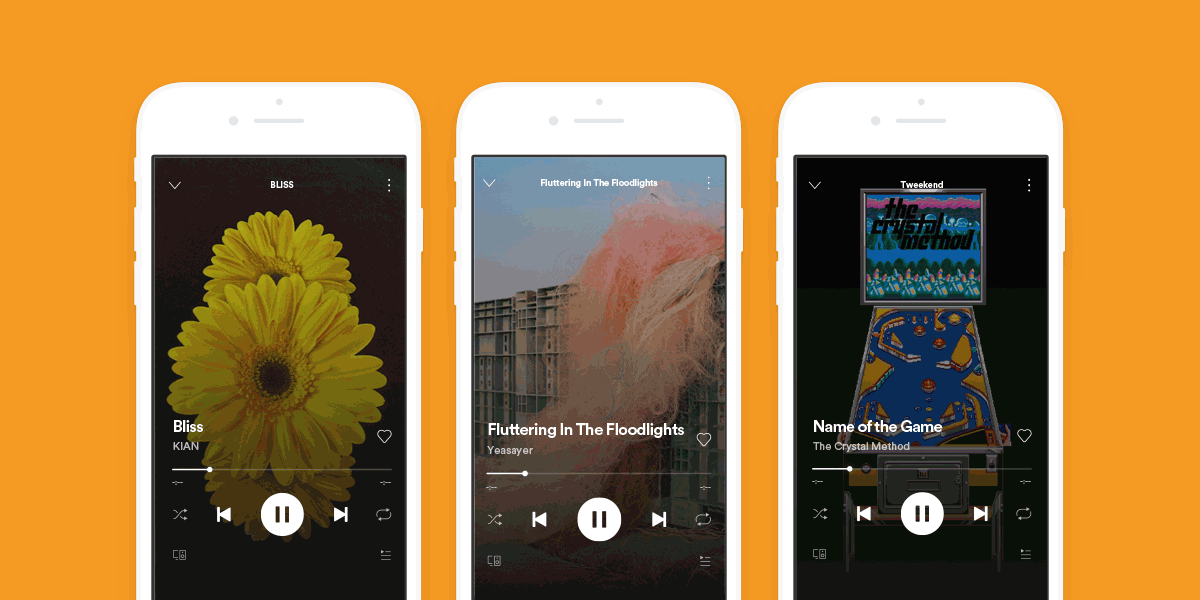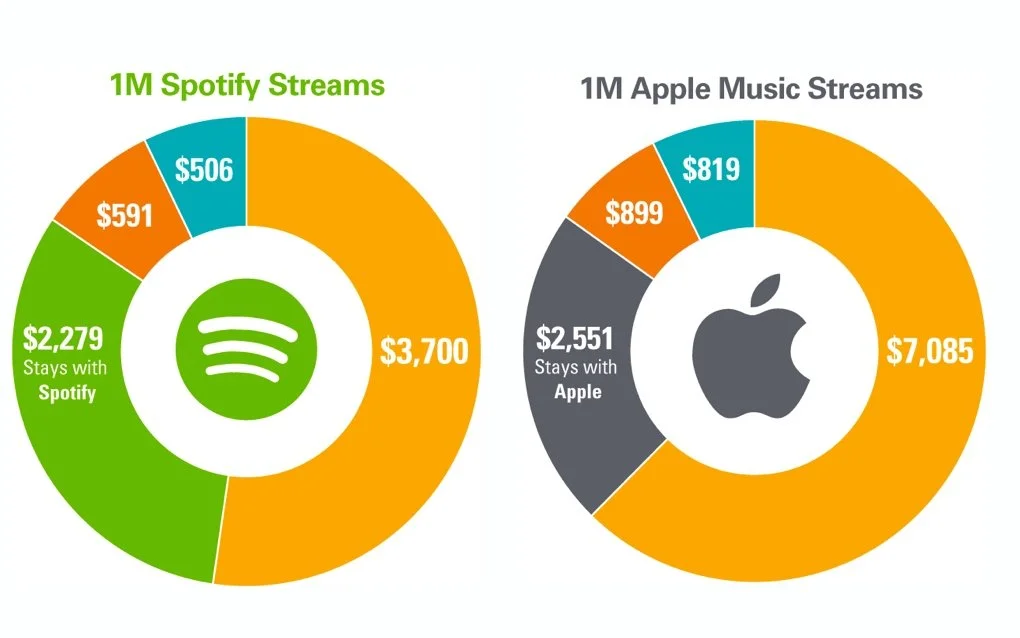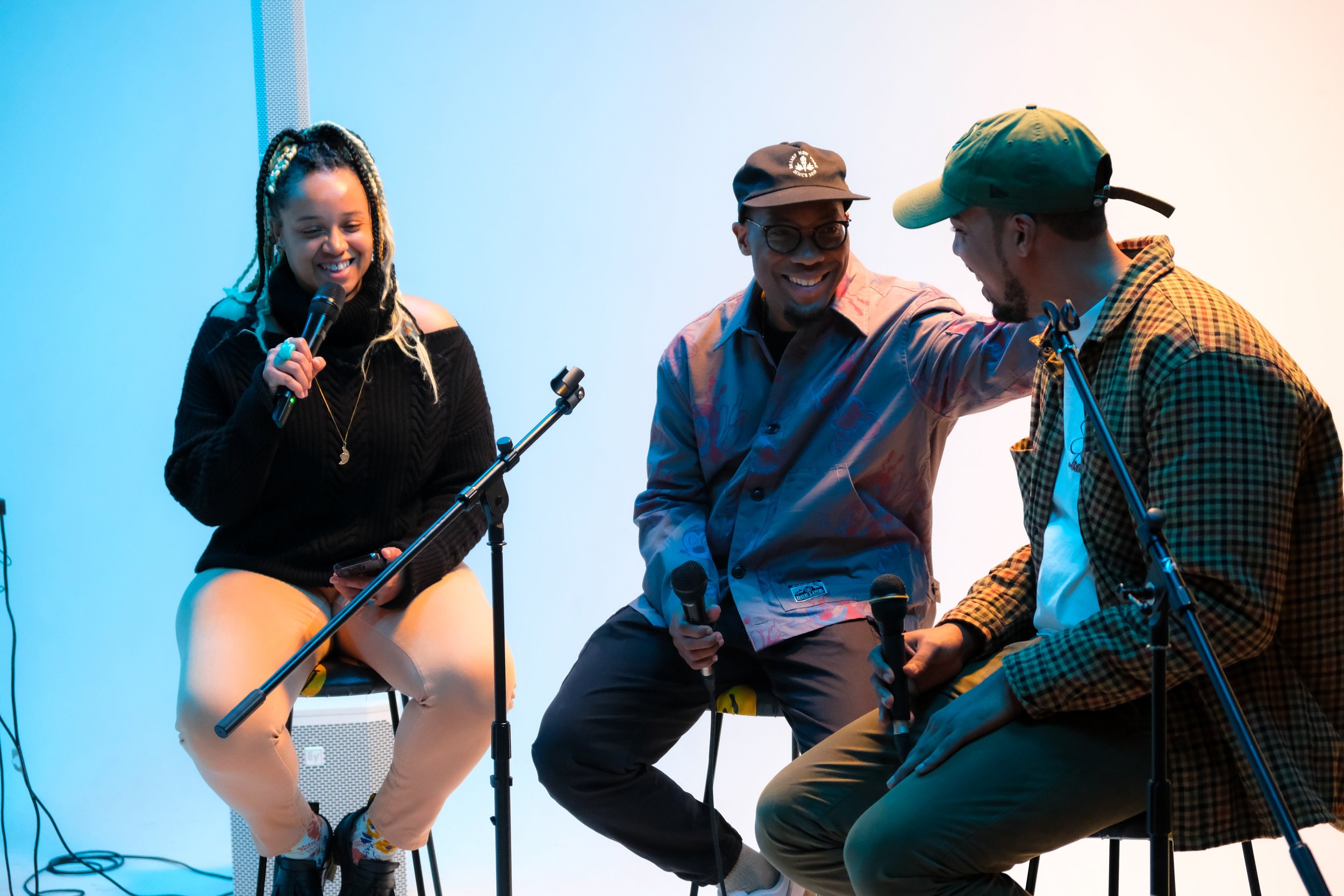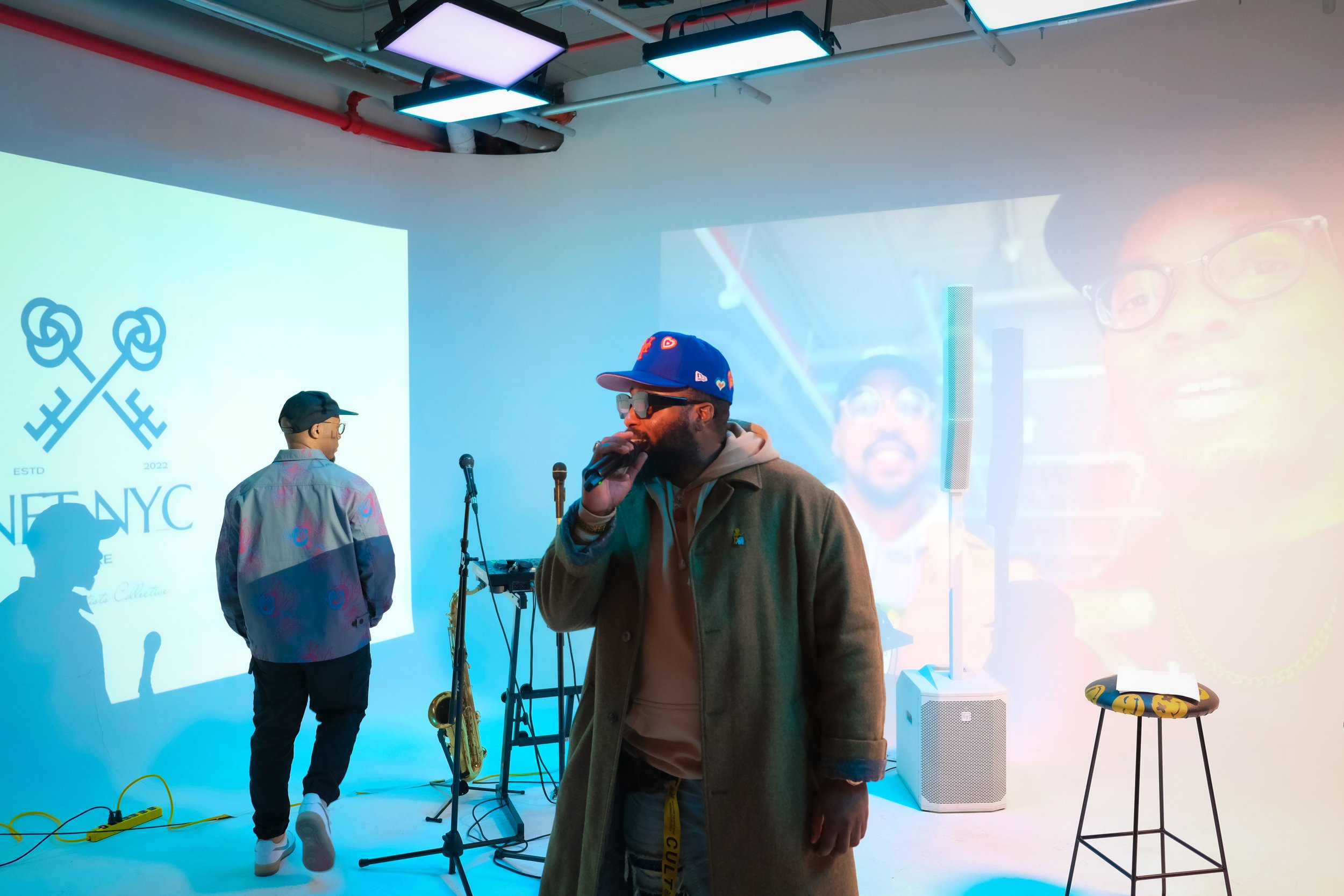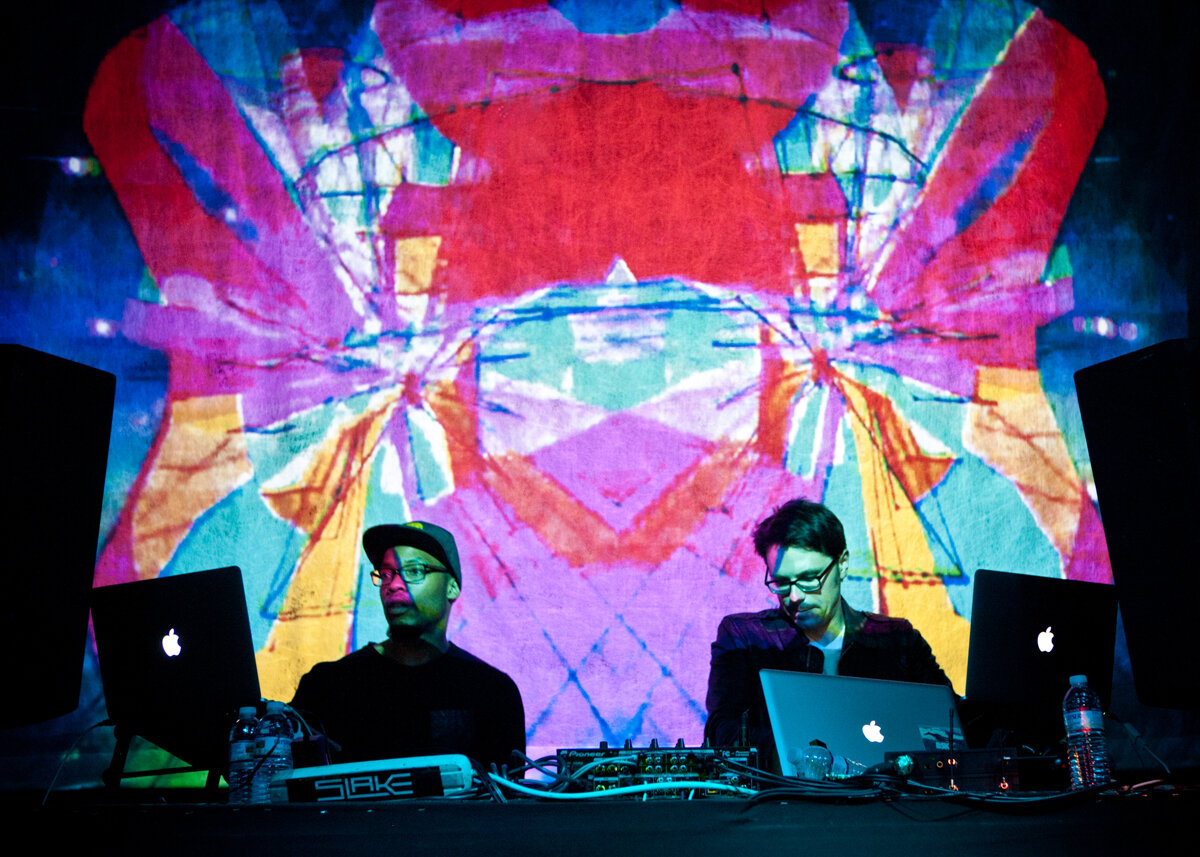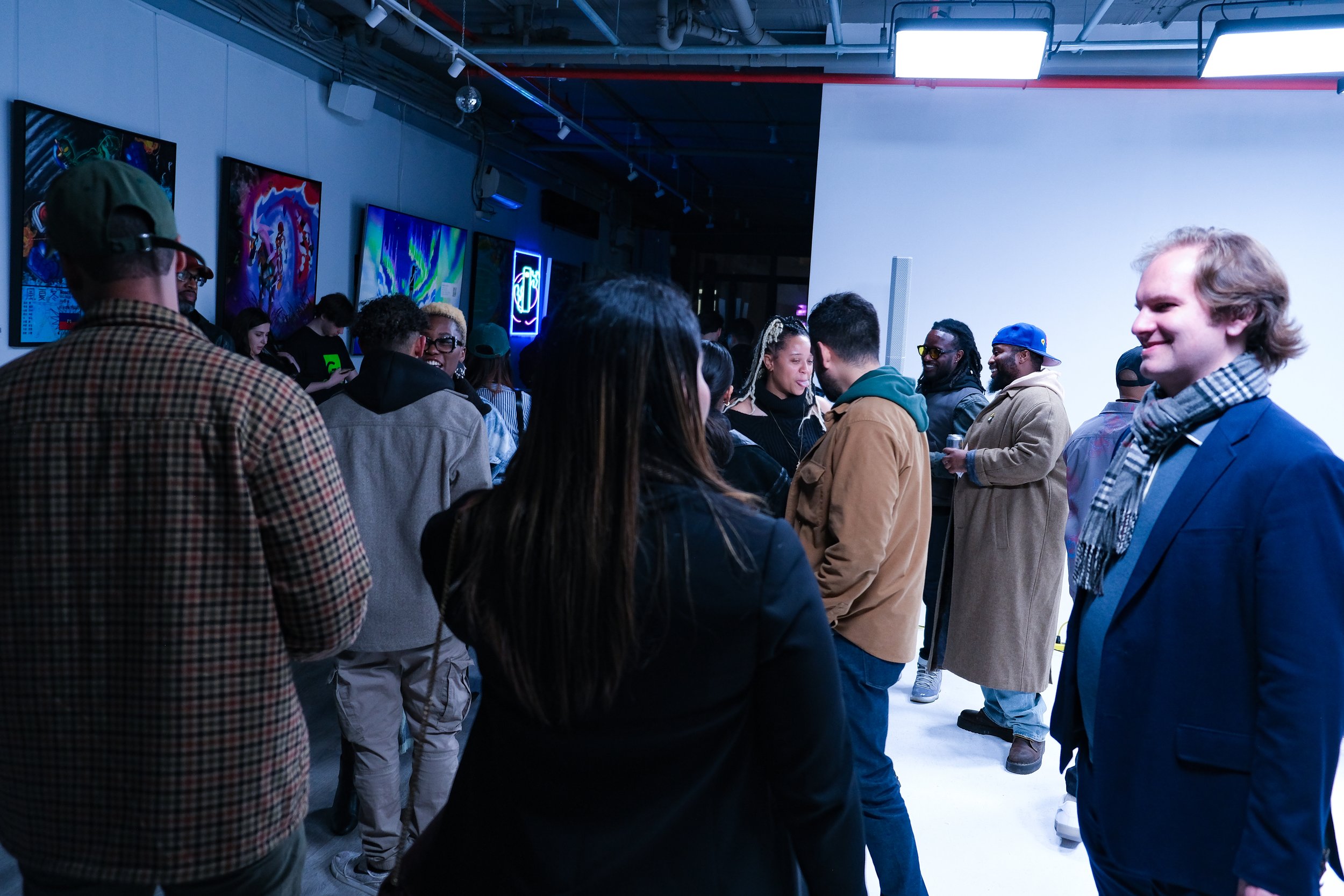Our hearts are still full after stepping onto the legendary Brooklyn Bowl stage this past Friday. It’s hard to put into words what it felt like to be welcomed by a room full of energy, open arms, and brand-new fans discovering Jazztronica for the first time.
Our journey this year has been unexpected and beautiful: from our stepping off point as a performance duo during an intimate Sofar Sounds show… to the bustle of an Irish Pub where Penn Station commuters paused to listen… and now this recent milestone performing to an unexpected crowd at the legendary stage of Brooklyn Bowl. That arc—from intimate to iconic—has been powered by every single one of you who listens, shares, and spreads the word about Jazztronica.
Why It Matters
What we're building isn't built for the algorithm—it's built for the true seekers of progressive vibes. The ones who dig in the crates and assert themselves with an air of collective individualism; the celebrators of diversity of people and sound.
What started as me producing and Sachcoo painting with visuals has now become a living, breathing band. We’re no longer just putting out tracks—we’re building moments, creating spaces for people to feel and connect. It’s all about following curiosity, taking leaps, and letting the art grow in ways we never imagined.
Being greeted with open arms—by new faces, by old friends, by everyone in between—reminded me what this music is really about:
Shared energy
Moments of connection
The generative power of curiosity and authenticity
And here’s the honest truth: we aren’t finished ascending. We don’t know exactly where the next stop will be before November 6—but we know it’s fueled by this collective momentum. And that’s already everything.
What’s Happening
Album Release Show: November 6 at The Sultan Room, Bushwick. Tickets are on sale now; early bird perks until October 6.
The Album: Prelude to Descent is on its way—emergent, immersive, and fueled by our shared curiosity. Pre-save it now on Spotify or Apple Music. Audiobook edition drops in Spring 2026.
We couldn’t be more grateful to be creating, performing, and exploring with you. Here’s to what’s next—together.
Peace,
Samir (FKAjazz)





